We’ve all heard of second-hand smoke. But what if we told you that you could be exposed to tobacco toxins even when no one is smoking near you?
Welcome to the world of third-hand smoke, a lesser-known but dangerous asthma trigger that lingers long after the cigarette is gone.
What is Third-Hand Smoke?
Third-hand smoke refers to residual tobacco chemicals that remain on surfaces after a cigarette (or bidi, hookah, etc.) has been smoked. These particles stick to:
- Clothes
- Hair and skin
- Curtains, bedsheets, and cushions
- Walls, floors, and even toys
Over time, these residues can react with indoor pollutants to form cancer-causing compounds, and for people with asthma, they can be just as harmful as active or second-hand smoke.
Why Third-Hand Smoke is Dangerous for People with Asthma
For someone with asthma, even trace exposure to smoke chemicals can:
- Inflame the airways
- Increase the likelihood of wheezing and breathlessness
- Lower lung function
- Make the lungs more reactive to other triggers (like dust or pollution)
The real danger? It’s invisible. You may not see or smell it, but it could be clinging to your sofa, car seat, or even your friend’s jacket.
The Indian Context: Why This Matters Even More Here
In many Indian households:
- Guests frequently visit with little attention to whether they recently smoked
- Families live in joint setups, where one member’s habit can affect everyone
- Smoking may happen indoors during weddings, functions, or pujas
- Public transport and ride-shares are often not smoke-free, leaving residue on seats
Children and the elderly. Those who often stay indoors are highly vulnerable to the effects of third-hand smoke.
Children with Asthma Are at Higher Risk
- Children breathe faster than adults, which means they inhale more pollutants.
- They also spend more time on floors or furniture, where toxins settle.
- Even if you smoke on the balcony, your child’s exposure isn’t zero if you carry the residue back in.
Real-Life Example: Smoke in Clothes, Attack in Minutes
In my own experience, I once visited a friend who had smoked outside just before I arrived. He didn’t smoke near me, but within 15 minutes of sitting on his couch and hugging him hello, I started coughing and my chest tightened.
That’s third-hand smoke in action.
How to Reduce Third-Hand Smoke Exposure
Here are a few tips, especially if you live with someone who smokes:
✅ Ask them to smoke outside, far from doors and windows
✅ Request a change of clothes before entering common areas
✅ Wash hands, face, and ideally hair after smoking
✅ Wash curtains, bedsheets, and upholstery regularly
✅ Avoid second-hand furniture from smoking households
✅ Advocate for no-smoking policies in rental agreements, societies, and workplaces
If You Live with Asthma, Speak Up
You have every right to breathe clean air, even in your own home. If someone around you smokes, explain gently how residue on their clothes or hands can still trigger an attack. Most people simply aren’t aware.
It’s not just about quitting smoking, it’s about protecting the space you breathe in.
Join the Asthma Friend Community
Are you dealing with smoke exposure in your home, hostel, or workplace?
Share your story, ask questions, or learn from others like you.
Join the Asthma Friend community today, it’s free, safe, and supportive.
This post is part of our special series for World No Tobacco Day. You can explore all related blog posts here.












